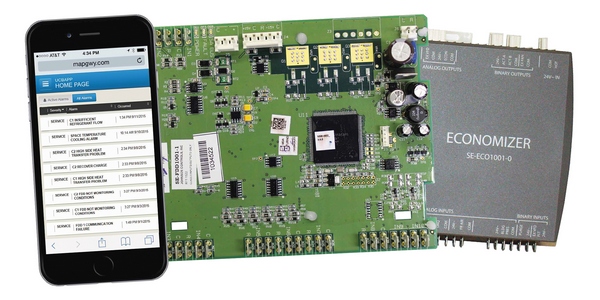New Residential IAQ Guideline Contains Changes Regarding Use of High-Efficiency Filters
With recent research showing that ultrafine particles are more hazardous to human health than originally thought, higher-efficiency filters should be used, according to the newly published 2015 version of ASHRAE’s residential indoor air quality guideline.
Guideline 24-2015, Ventilation and Indoor Air Quality in Low-Rise Residential Buildings, provides information on achieving good IAQ that goes beyond the requirements contained in Standard 62.2, Ventilation and Acceptable Indoor Air Quality in Low-Rise Residential Buildings, by providing explanatory and educational material not included in the code-intended standard. Guideline 24 is the companion document to Standard 62.2.
Rick Karg, a member of the Guideline 24 committee who oversaw the revision of the section, notes that particle filters with minimum efficiency reporting value ratings below 6 are poor at filtering out respirable particulates (typically below 2.5 microns), but can do an acceptable job at removing the large visible particles such as fibers, insects or large dusts or pollens. ANSI/ASHRAE Standard 52.2, Method of Testing General Ventilation Air-Cleaning Devices for Removal Efficiency by Particle Size, specifies removal efficiency values for particulate filters.
The guideline recommends that higher-efficiency (MERV 13 and higher) filters should be considered. Multistage particle filtration (a relatively coarse filter followed by a high-efficiency filter) can help filter out different-sized particles without overloading the higher-efficiency filters. When selecting filters, consideration should be given to the effects of the filter’s pressure drop on delivered airflow, fan capacity and energy use.
For more information, visit ashrae.org/news.


